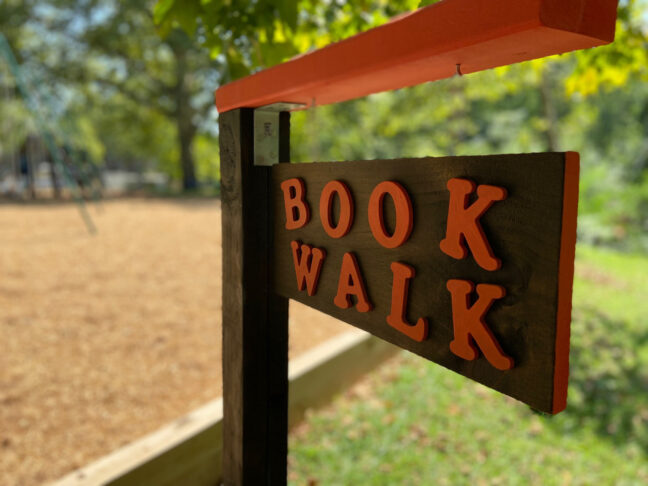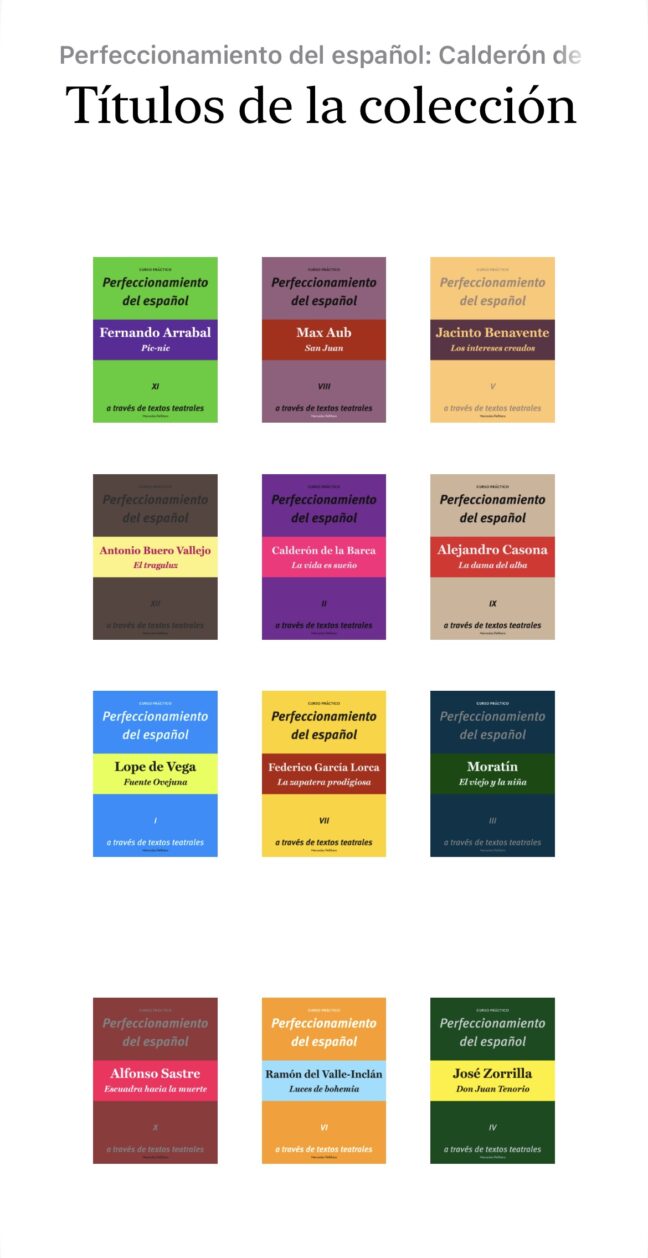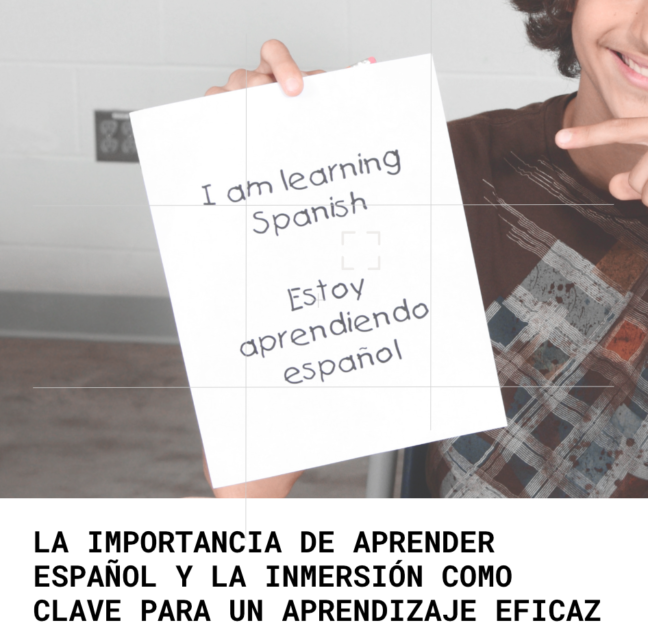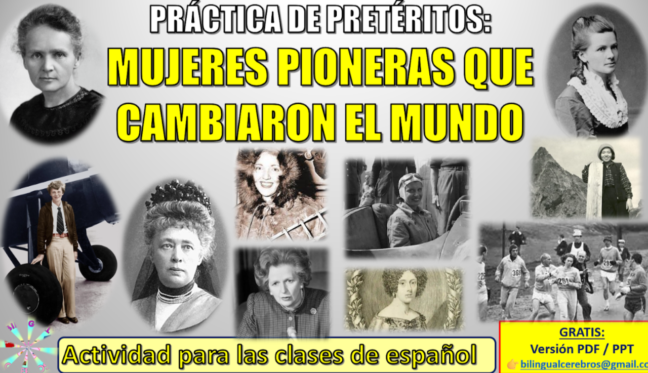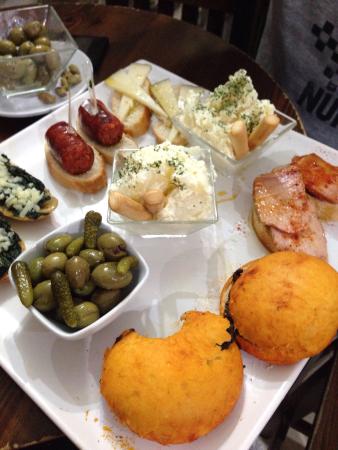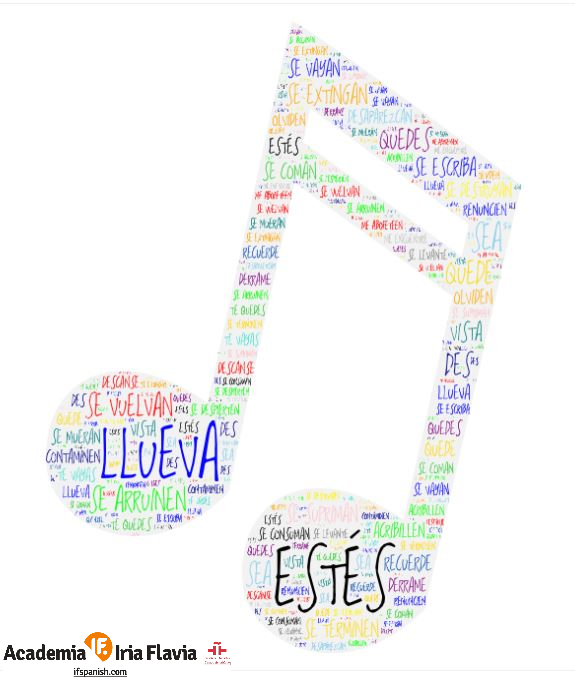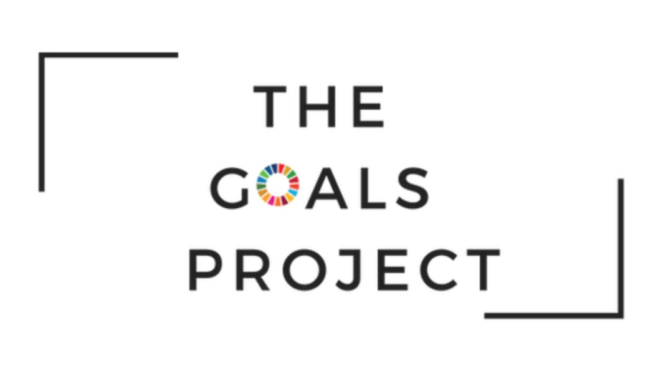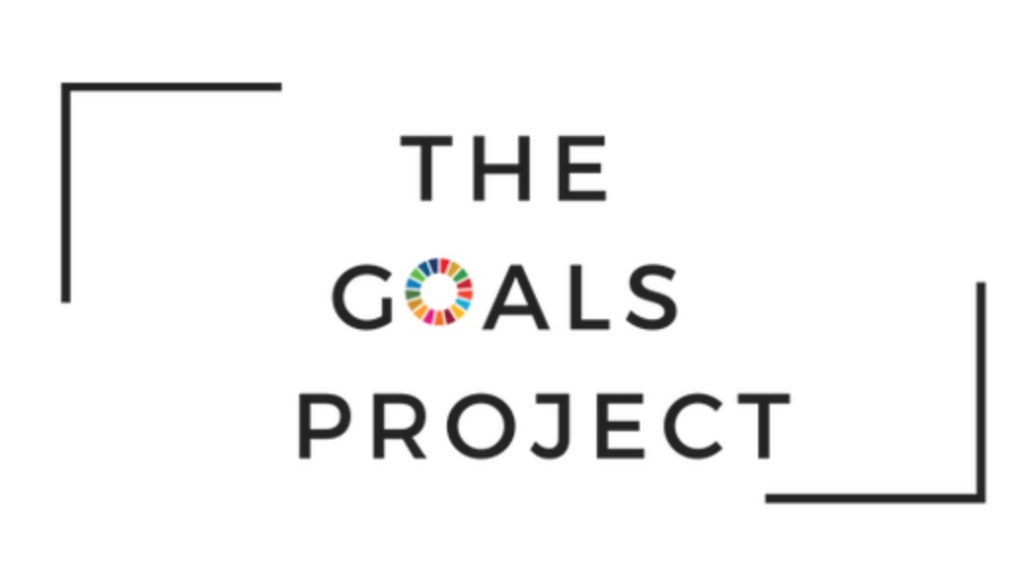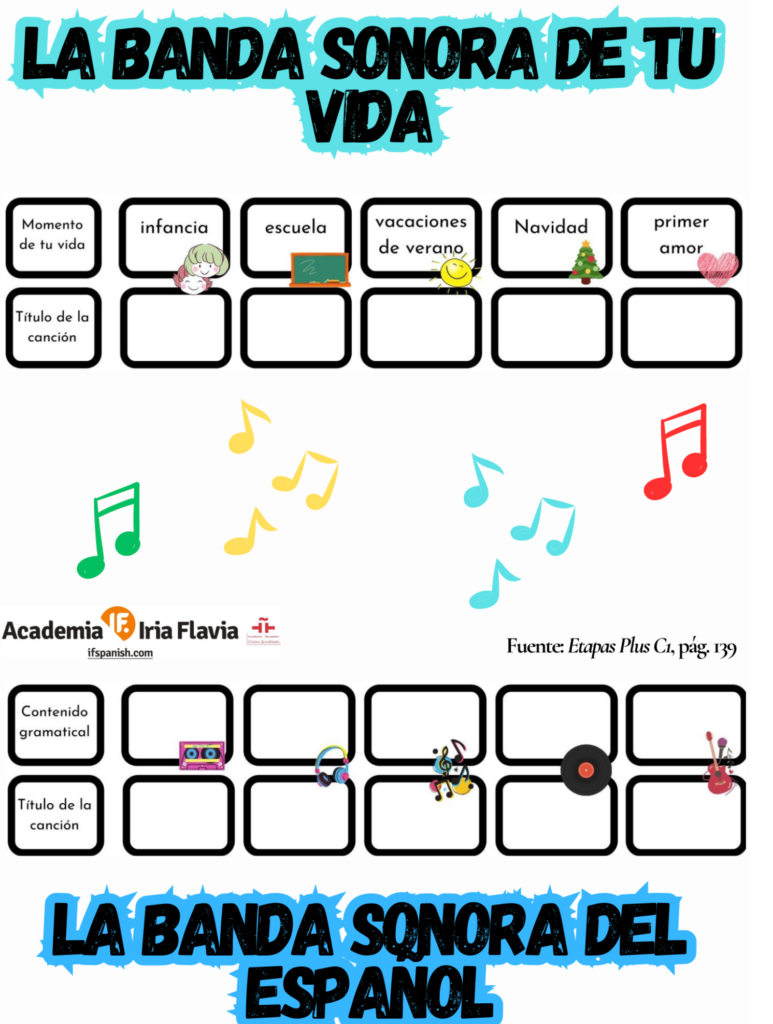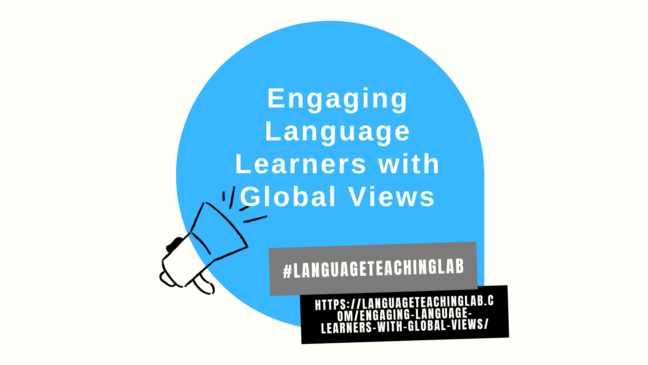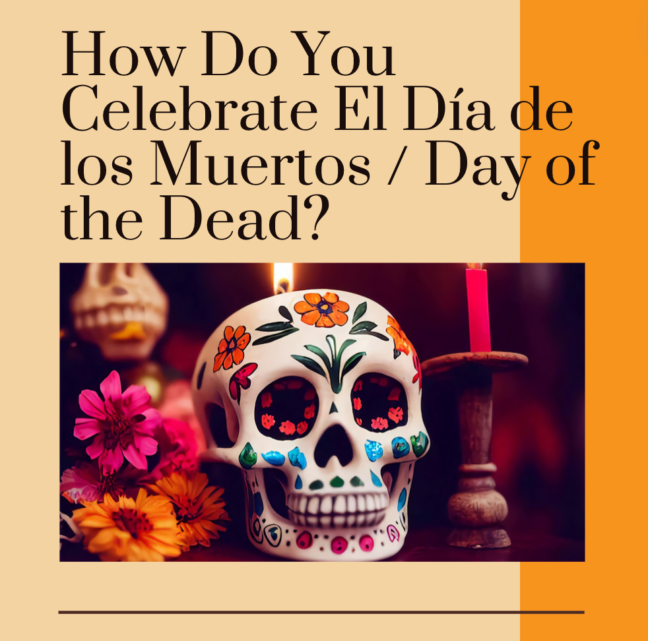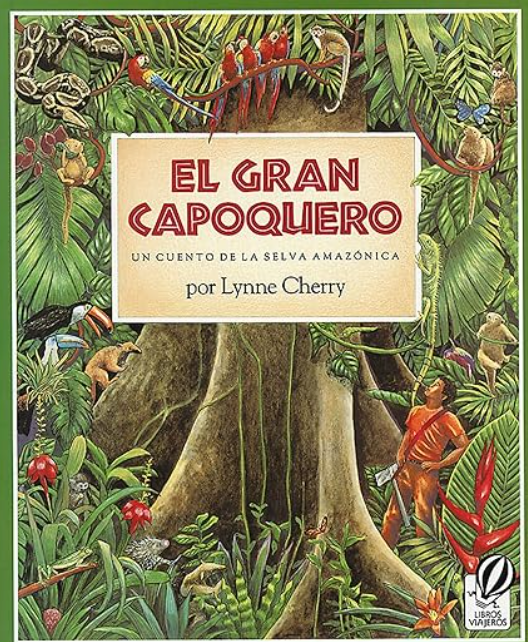by Enrique Moras (LTL Affiliate Corner)
In an era where education thrives on creativity, inclusivity, and hands-on engagement, Bilingual Book Walks are emerging as a powerful resource for schools. These immersive installations transform children’s stories into larger-than-life learning experiences, blending literacy, art, and curriculum-based themes into a single, interactive journey. Let’s dive into how these innovative displays captivate students, support teachers, and unite communities.
What Exactly are Bilingual Book Walks?
A Bilingual Book Walk is a curated installation that breaks a children’s book into 16 vibrant panels (each 24”x18”), displayed sequentially on durable wooden or metal stands outdoors or mounted on wall frames indoors. Each panel features:
- A section of the story in two languages (default: English and Spanish, though they are customizable to any language).
- Eye-catching illustrations that bring the narrative to life.
- Optional prompts or questions to spark discussion, critical thinking, or ties to classroom subjects.
Designed for flexibility, these walks can be set up in school gardens, hallways, libraries, or community spaces, creating a “story trail” that families and students explore together.
Why Schools Love Bilingual Book Walks
1. Curriculum Connections Made Easy
Teachers use Book Walks to reinforce lessons in:
- Environmental Science: Pair with books about ecosystems or conservation (e.g., bees, habitats, tree ecosystems, recycling, etc.).
- Social-Emotional Learning (SEL): Choose stories about empathy, resilience, self- awareness, etc.
- Art & Storytelling: Analyze illustrations or inspire students to create their own bilingual story panels.
2. Supports Multilingual Learners
- English Language Learners (ELLs) gain confidence by reading in their native language while practicing English.
- Native English speakers explore new languages in a low-pressure, visual context.
3. Engages All Learning Styles
- Visual learners connect with bold illustrations.
- Kinesthetic learners thrive while moving between panels.
- Social learners discuss themes with peers or family.
4. Fosters Family and Community Involvement
- Families bond over stories in their home language, breaking down barriers to school engagement.
- Schools can partner with local artists to design panels or host cultural storytelling events.
5. Durable and Adaptable
- Weather-resistant outdoor stands or indoor frames ensure year-round use.
- Themes and languages rotate to reflect curriculum needs or community diversity.
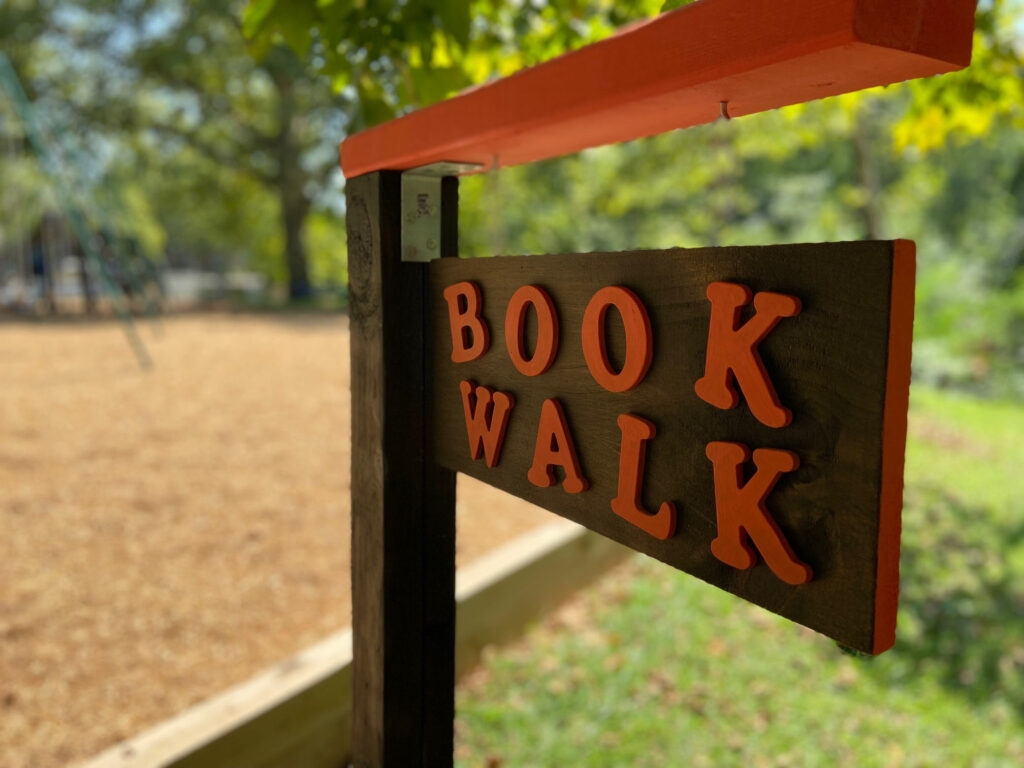
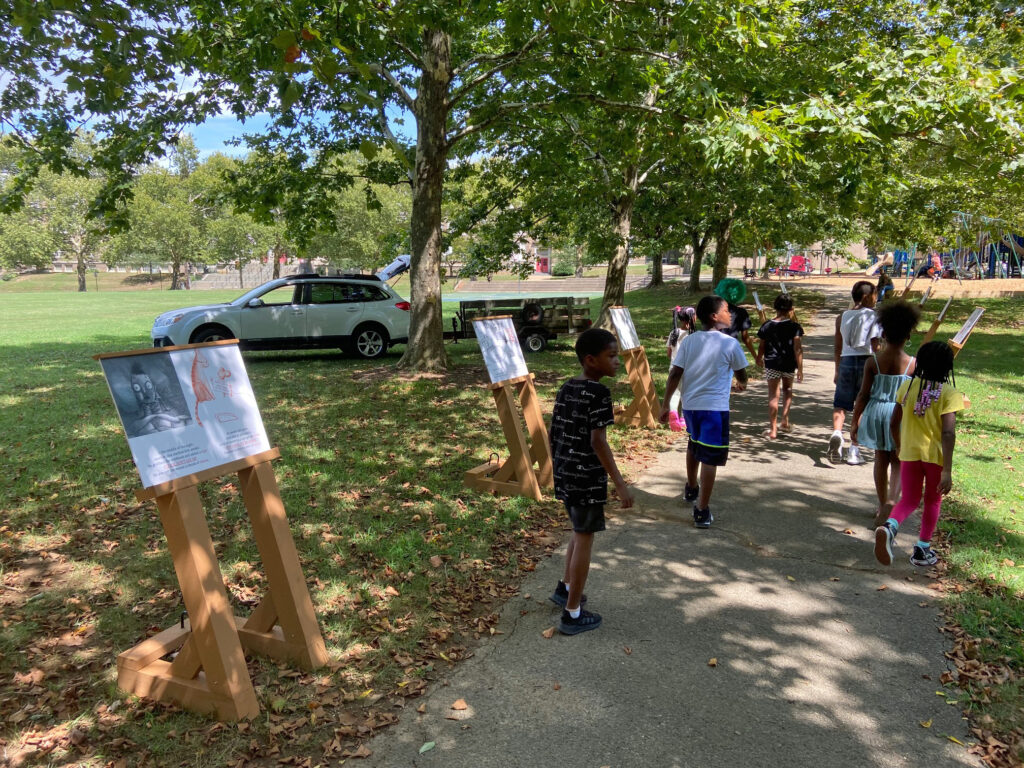
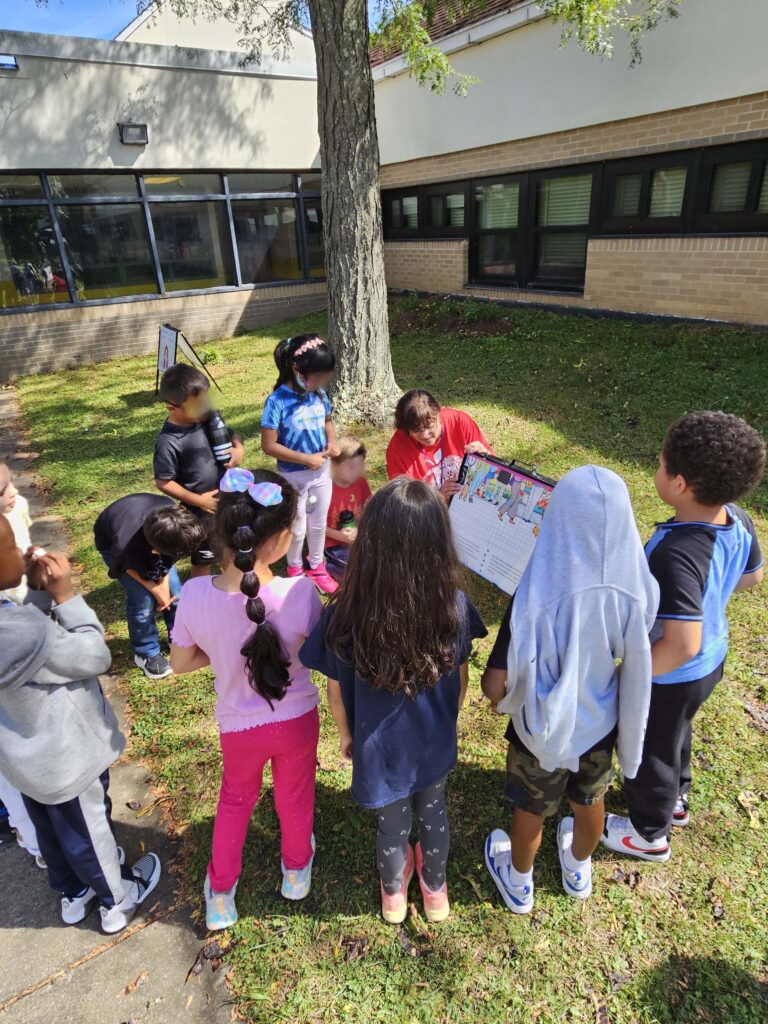
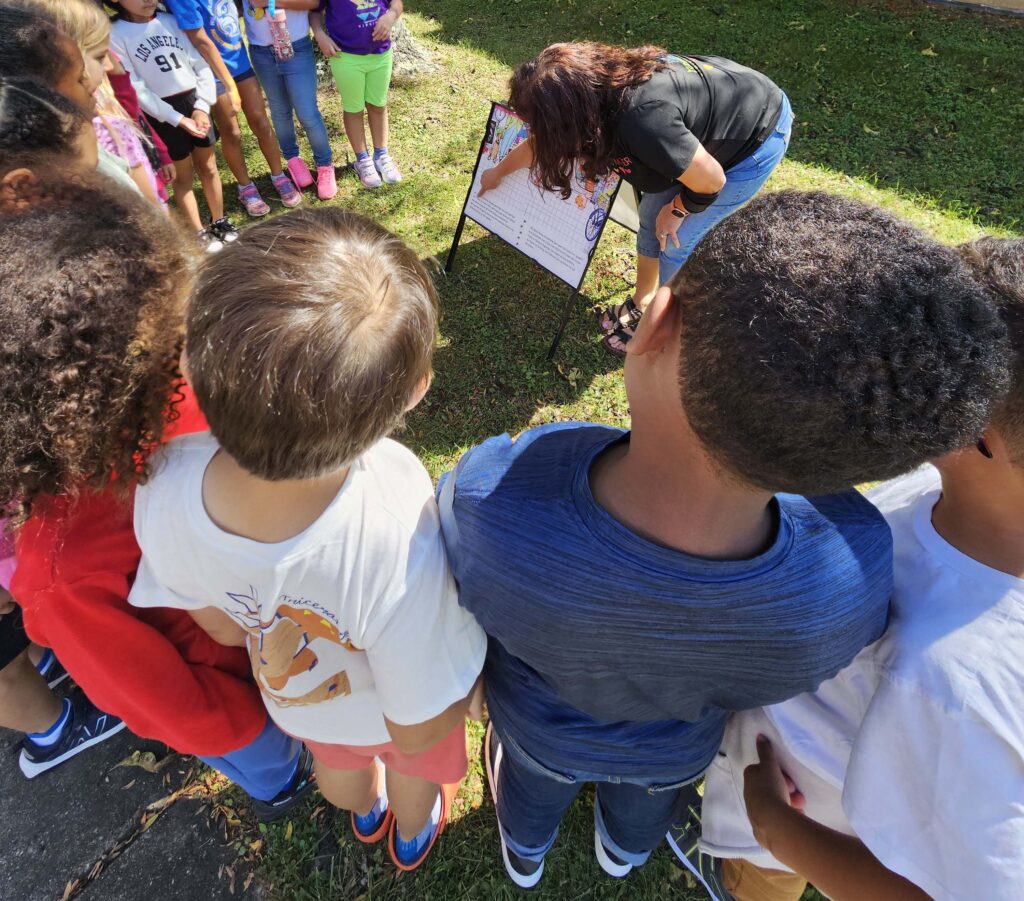
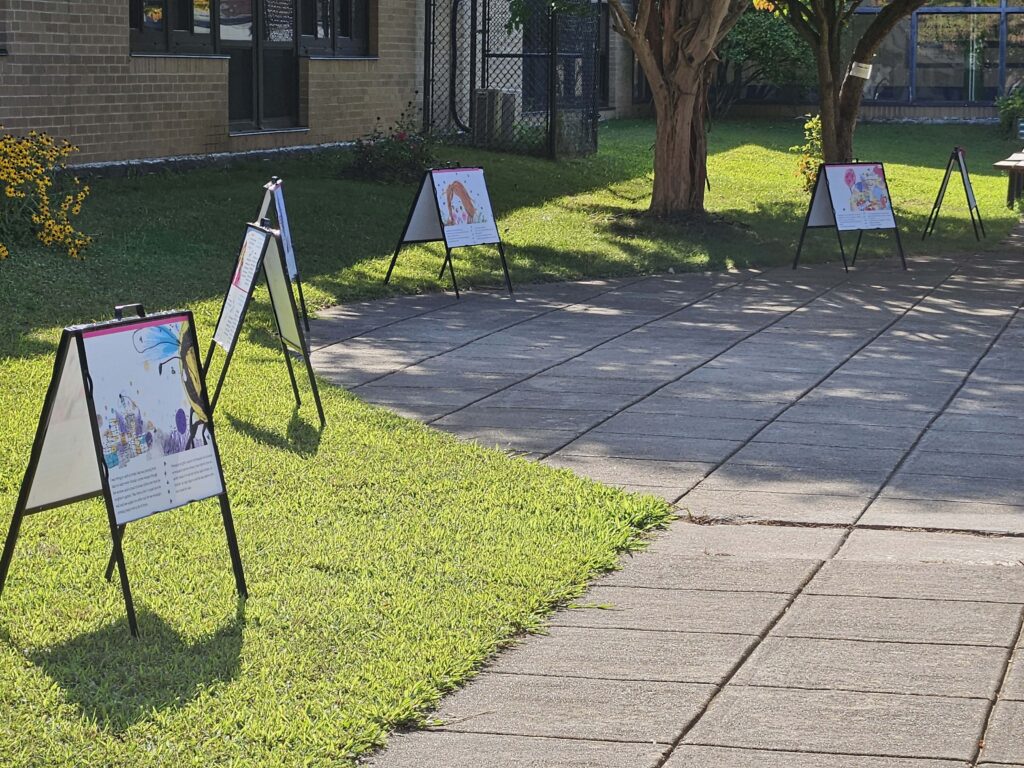
Real-World Applications in Schools
- Science Class: After reading a Book Walk about pollinators, students explore the school garden to spot real-life bees and butterflies.
- Art Project: Kids create their own bilingual story panels inspired by the walk, displayed in a school-wide exhibit.
- Family Literacy Night: Parents and children follow the Book Walk together, with teachers providing discussion guides in multiple languages.
Ready to Launch Your Own Book Walks?
Bilingual Book Walks are more than just stories—they’re gateways to curiosity, inclusion, and academic growth. Whether you’re highlighting STEM themes, SEL, or cultural heritage, these installations turn school spaces into dynamic, interactive classrooms.
Next Steps:
Schedule a meeting with a Book Walk specialist at Syncretic Press. Use the code LTL5% for a 5% discount on a purchase for your school or institution. Agenda items will include:
- Displays that best adapt to your goals and budget
- Review purchase and rental options for stories
- Explore grant opportunities for funding the project
Transform your school’s corridors, courtyards, and classrooms into bilingual learning adventures. Let’s walk the talk—one panel at a time! 🌟📖🌍
